The Moscow Metro is marking its 75th anniversary. On May 15, 1935, trains started running from the Sokolniki station to the Park Kultury station, and the Okhotny Ryad station had a branch ending at the Smolenskaya station.
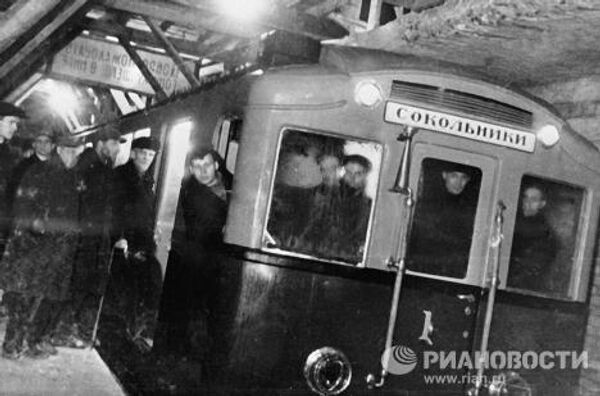
The Moscow Metro is marking its 75th anniversary. On May 15, 1935, trains started running from the Sokolniki station to the Park Kultury station, and the Okhotny Ryad station had a branch ending at the Smolenskaya station. The total length of the tracks stood at 11.2km.

In August 1934, the first two railway cars were manufactured, and in October of the same year they were delivered to the metro. These cars were a success, proving reliable enough to serve for 40 years. They were frequently updated, for instance, they had electric brakes installed in place of the original compressed airbrakes, but many decades later they were taken out of service as outmoded.
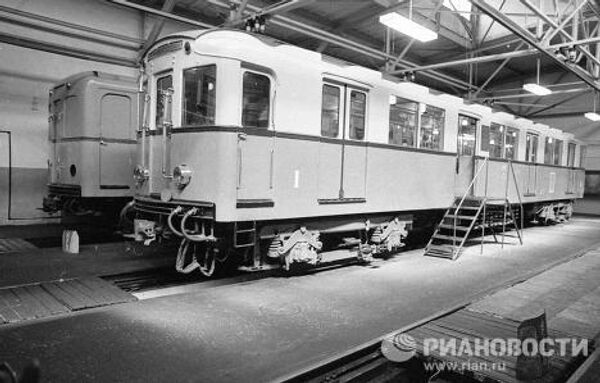
Today, the forefather of all passenger trains stands at the Izmailovo depot as a museum piece, according to the site of the Moscow Metro. Photo: car No.1, manufactured at the Mytishchi carriage works.
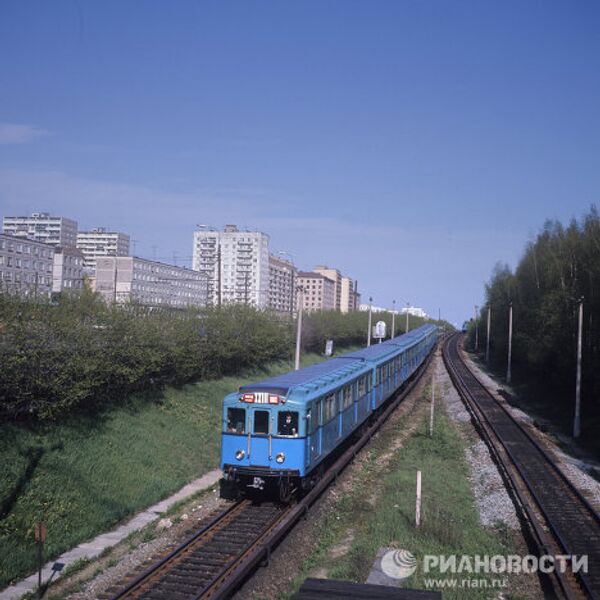
The metro was the first kind of transportation to feature soft seats and automatic doors. In 1940, an effort was made to position seats across the car, but it turned out to be a failure as the number of passengers had been steadily increasing. Since then, the seats have been placed along the walls. Photo: Such trains were transporting passengers in the 1970s.
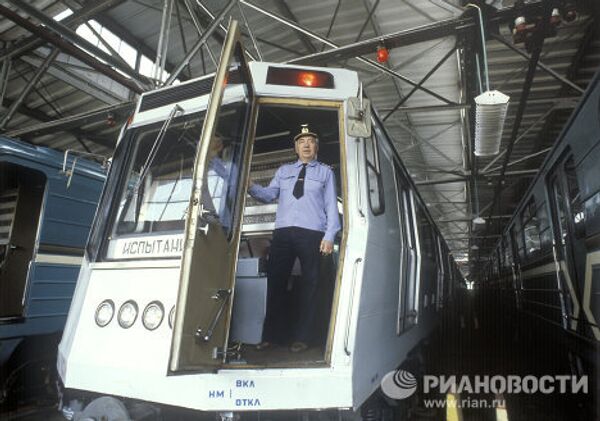
5/11
© RIA Novosti . V. Pavlov
In 1984, the Moscow Metro introduced an experimental train, entitled I.
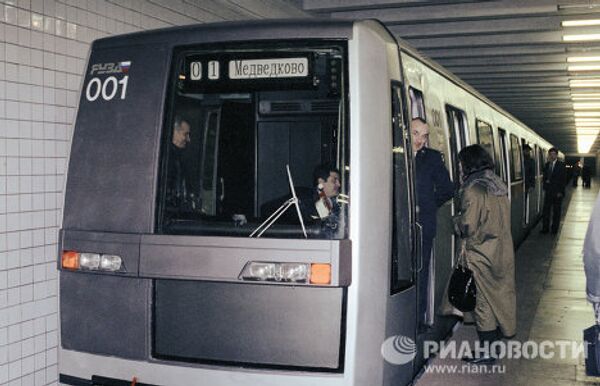
The new electric train Yauza differs from its predecessors by a thyristor-pulse control system, a body of stainless steel and an artificial ventilation, which replaced input-extract ventilation.
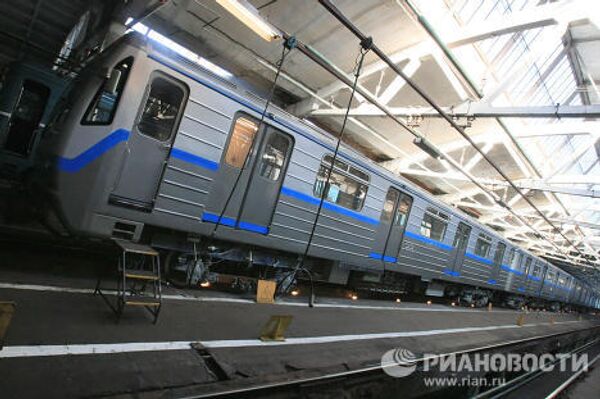
In 2008, the metro’s cars were updated to increase their reliability and safety, as well as to create a comfortable environment for both drivers and passengers.

In June 2009, Rusich, the first train in the history of the Moscow Metro to feature air-conditioners, was introduced on the Koltsevaya (Circle) Line. The temperature in these cars does not exceed 24 degrees Celsius.
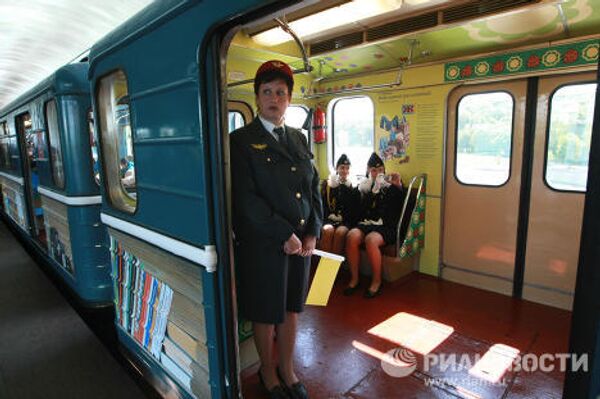
Along with the tracks, the Moscow Metro has a tradition of constructing signature trains. Four signature trains are currently operating. The Reading Moscow train is one of them. The interiors of its cars are decorated with images of famous literary characters, reproductions of book illustrations and excerpts from literary works.

Aquarelle, the gallery train featuring reproductions of paintings by famous artists, is running along the Arbatsko-Pokrovskaya Line.
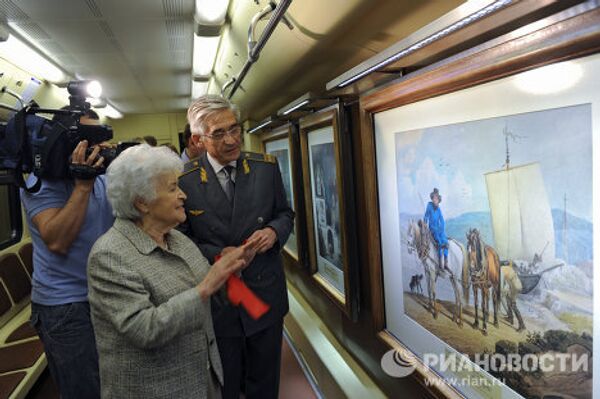
On May 12, the Aquarelle train, featuring a new exposition of masterpieces by watercolor painters from the collection of the Pushkin Museum of Fine Arts, hit the road at the Partizanskaya station to mark the 75th anniversary of the metro.

